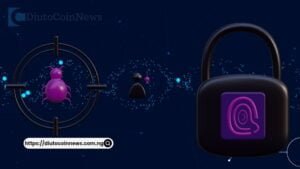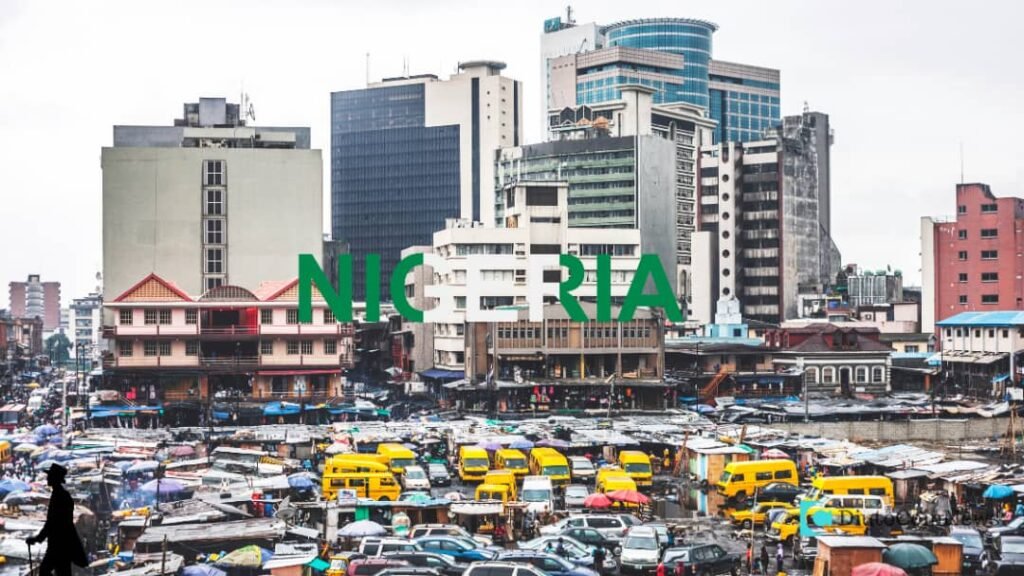Picture this: a theatre rehearsal where the actors practice tirelessly, the lights flicker, the props wobble, and mistakes are forgiven. That is the testnet. But once the curtains rise, the audience fills the hall, and the performance begins, there is no room for error. That is the mainnet. In the world of blockchain, the mainnet is not a playground or a practice arena. It is the live stage where every transaction, every contract, and every innovation must stand the test of reality.
The Lifeblood of a Mainnet: Native Currency
Every mainnet is powered by its own native cryptocurrency — the digital heartbeat that keeps the system alive. On Bitcoin’s mainnet, that lifeblood is BTC. On Ethereum’s, it is ETH.
These tokens are far more than collectibles or speculative assets. They serve multiple functions:
• Transaction fees: Every action on the mainnet requires fuel, often called “gas.” Without it, the machine stalls.
• Incentives: They reward the people (miners or validators) who maintain the network’s security and accuracy.
• Governance: In some systems, they act as a voice, allowing holders to vote on upgrades and protocol changes.
Think of them as the electricity that runs a city — invisible, often overlooked, but without which nothing moves.
The Gatekeepers: Miners and Validators
Mainnets are safeguarded by two very different kinds of guardians, depending on the consensus mechanism:
1. Proof of Work (PoW): Here, miners compete to solve cryptographic puzzles — complex mathematical problems that require immense computing power. Picture a legion of mathematicians in an endless contest, each racing to prove their solution first. The winner adds a new block to the chain and is rewarded with cryptocurrency.
2. Proof of Stake (PoS): Instead of solving puzzles, validators are chosen based on how many tokens they stake, or lock up, as a form of trust collateral. Imagine a council of nobles where influence comes not from brute force, but from how much wealth one is willing to place at risk.
Both systems exist to maintain trust, ensuring no one can spend the same coin twice or manipulate the ledger.
3. Decentralization: The Invisible Fortress
What makes a mainnet extraordinary is that no single person, corporation, or government controls it. Instead, it is maintained by a sprawling network of nodes — computers scattered across the world, each holding a copy of the blockchain’s records.
The more nodes exist, the stronger the fortress becomes. For an attacker to rewrite history, they would need to overpower thousands — sometimes millions — of witnesses who all carry the same receipts. It is decentralization that transforms a blockchain from fragile code into an incorruptible monument of trust.
Beyond Money: The Age of Smart Contracts
While Bitcoin’s mainnet focuses almost exclusively on secure transactions, platforms like Ethereum extend the stage. With smart contracts — self-executing code that runs when conditions are met — the blockchain becomes more than a ledger. It becomes an engine of applications.
These contracts have given rise to decentralized applications (DApps):
1. Finance systems that run without banks (DeFi).
2. Marketplaces for art and collectibles (NFT platforms).
3. Digital organizations governed by code and community votes (DAOs).
If the early mainnets were simple post offices for digital money, Ethereum and its successors have become bustling metropolises where entire economies are built.
Touching the Mainnet: Wallets and Exchanges
To interact with the mainnet, one requires wallets and exchanges.
• Wallets: Digital vaults that store cryptographic keys — your personal passcodes to the blockchain. They allow you to send, receive, and safeguard assets. Think of them as your keyring to the blockchain kingdom.
• Exchanges: Marketplaces where assets are traded, converted, and liquidated. They are the ports where travelers board ships into the vast blockchain sea.
Without these tools, the grandeur of the mainnet remains locked behind closed gates.
The Challenges Beneath the Grandeur
Yet, mainnets are no utopia. They face profound challenges:
• Scalability: As users flood in, networks slow, like a crowded highway at rush hour.
• Security: A single vulnerability in code can invite catastrophic breaches, as history has repeatedly shown.
• Governance: Decisions on upgrades spark fierce debate, for no monarch presides over a mainnet — only communities of equals.
• Interoperability: Blockchains often struggle to communicate with one another, creating isolated digital islands.
These trials are not signs of weakness, but of a system alive and evolving.
The Final Word: No Illusions, No Rehearsals
Mainnet is where illusion ends and permanence begins. Every transaction is etched into history, immutable and irreversible. To step onto a mainnet is to accept that the rules are final, the risks are real, and the rewards are tangible.
It is the beating heart of blockchain, the cathedral of decentralization, and the arena where innovation faces its reckoning. Without testnets, there is no preparation. Without mainnet, there is no reality.
Discover more from DiutoCoinNews
Subscribe to get the latest posts sent to your email.












